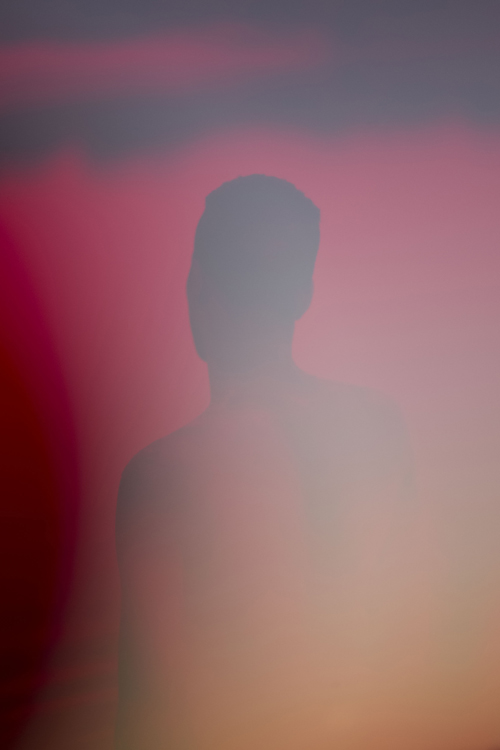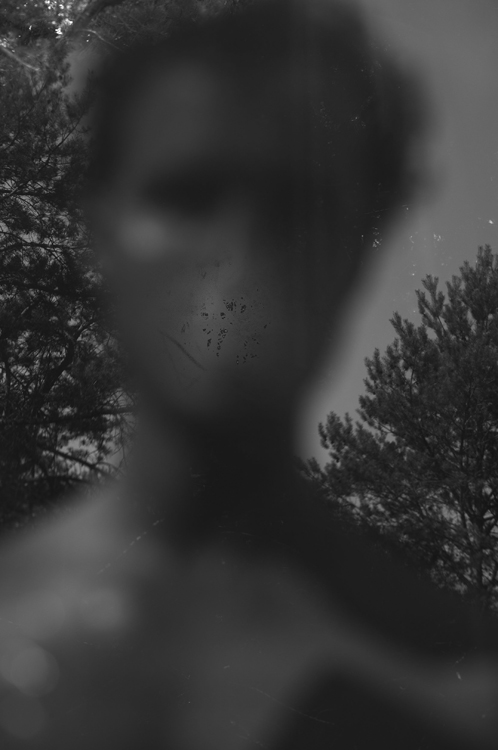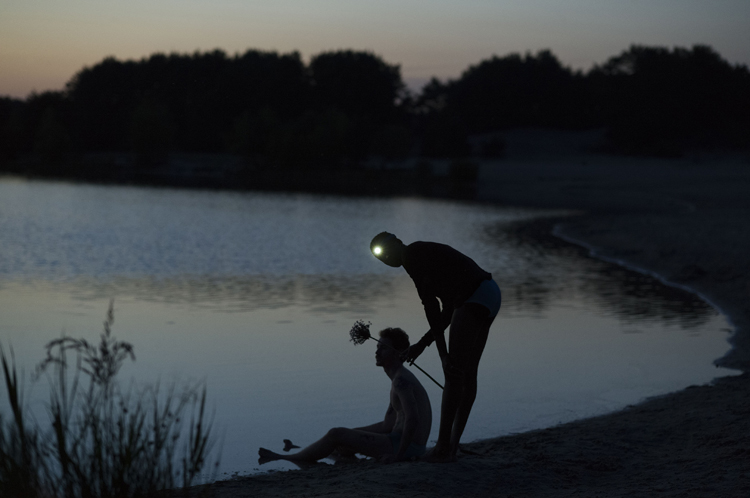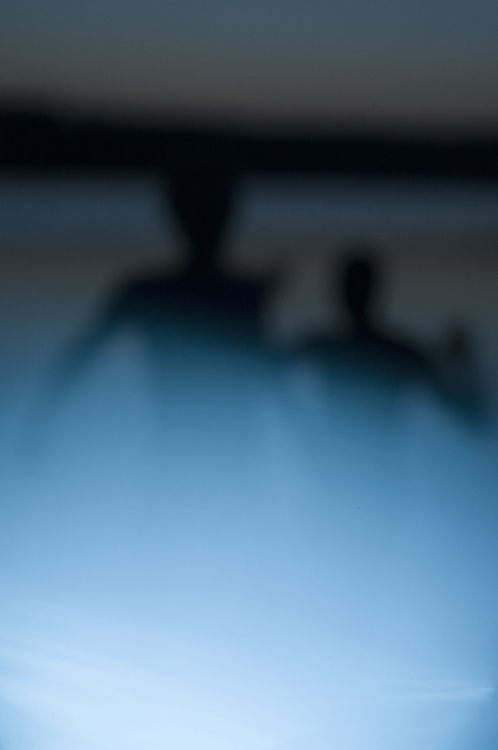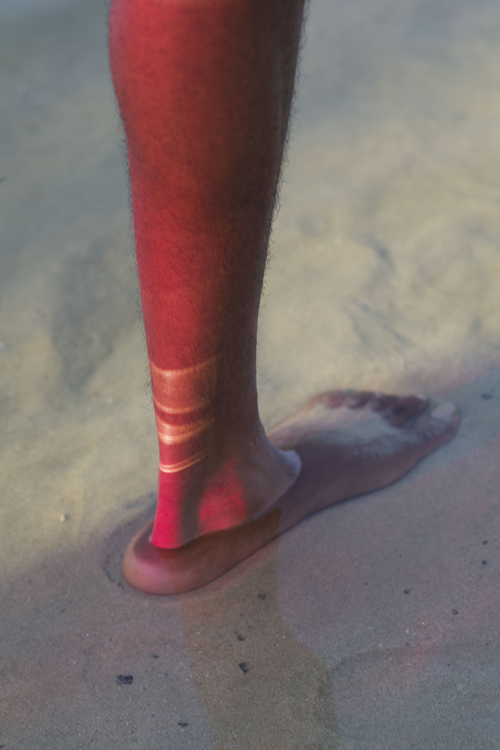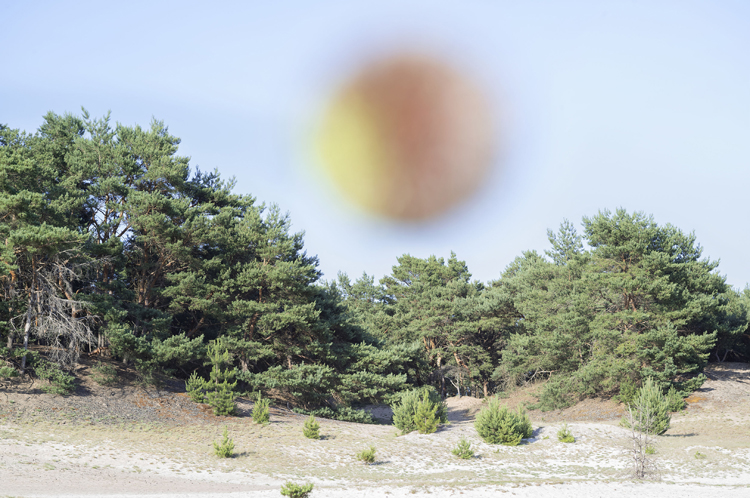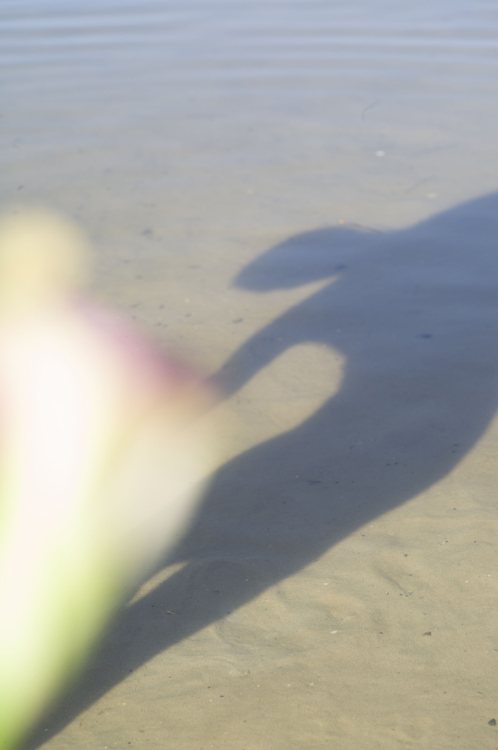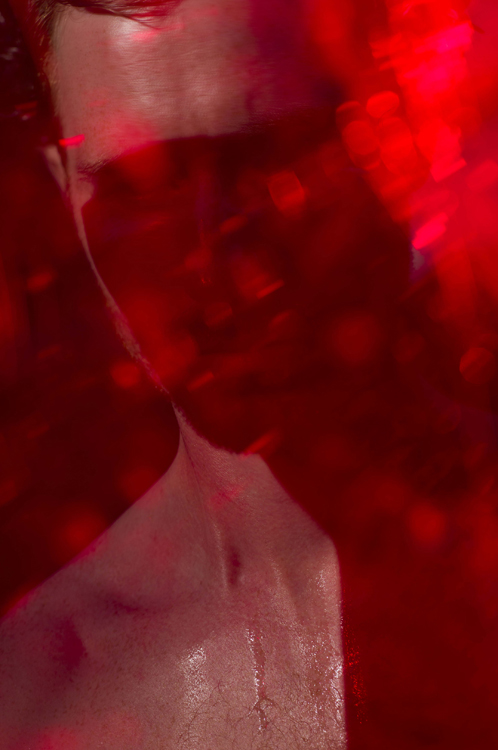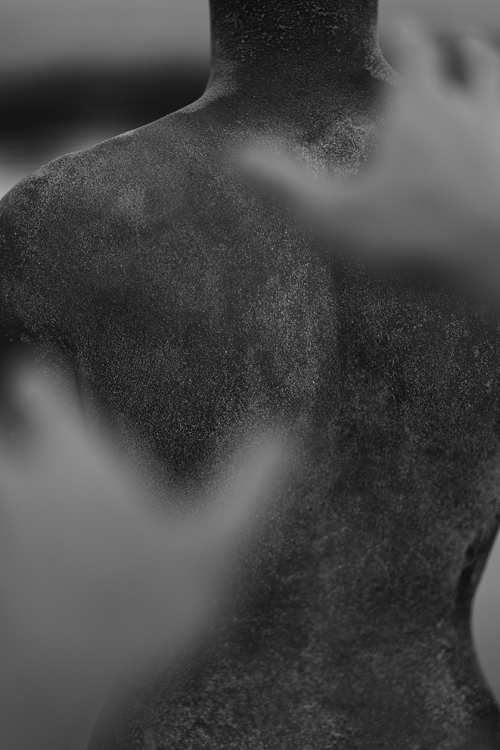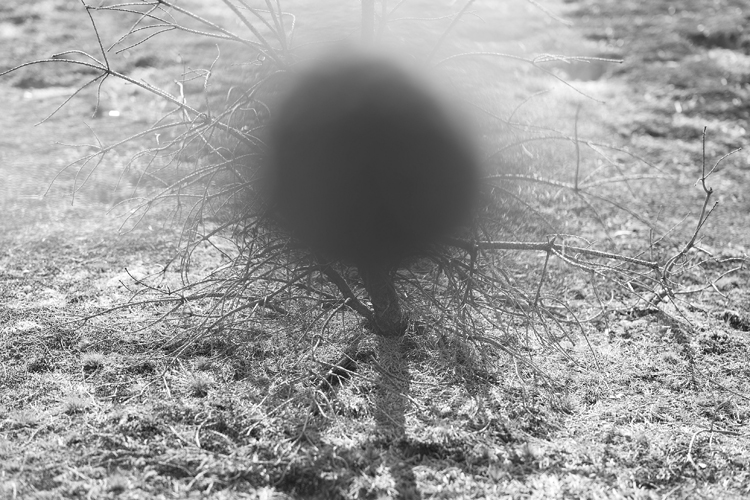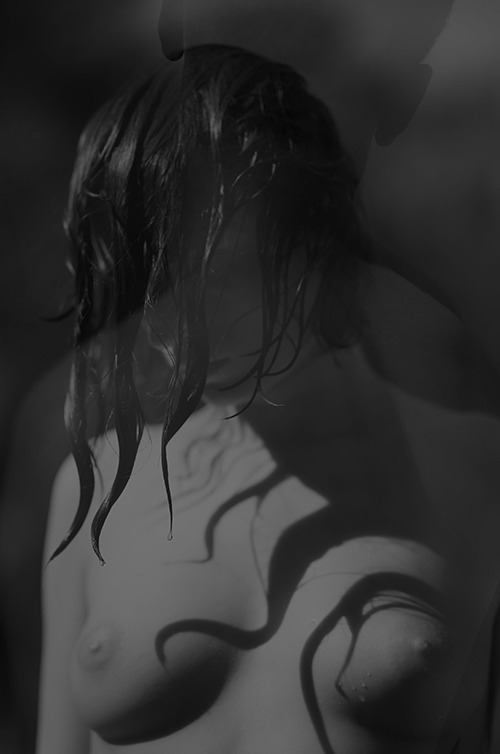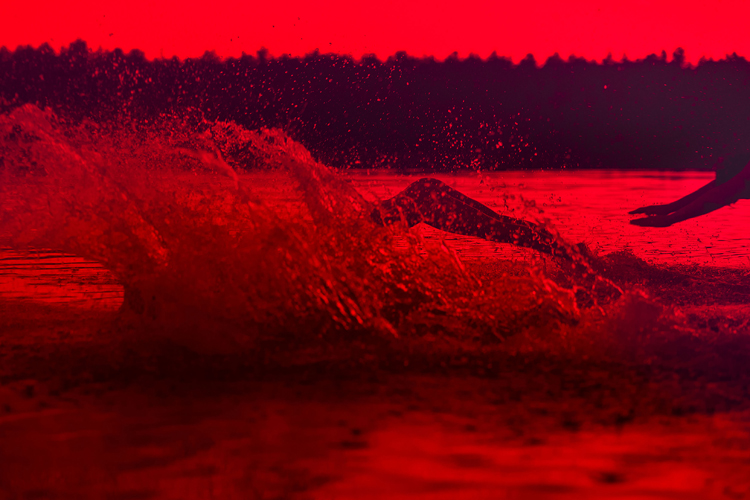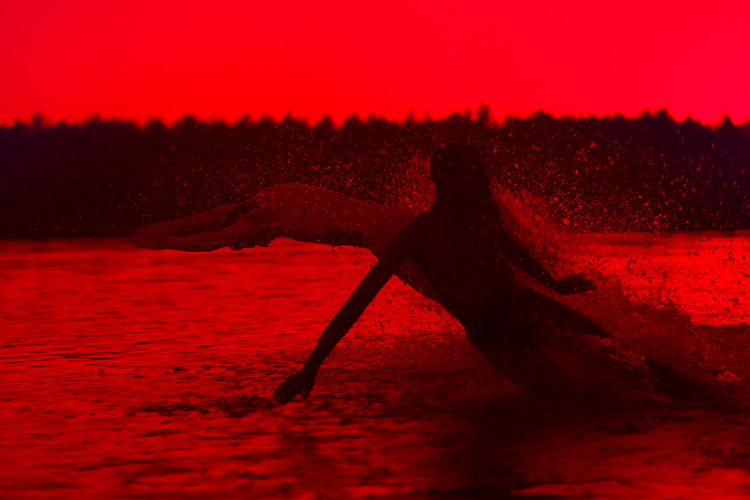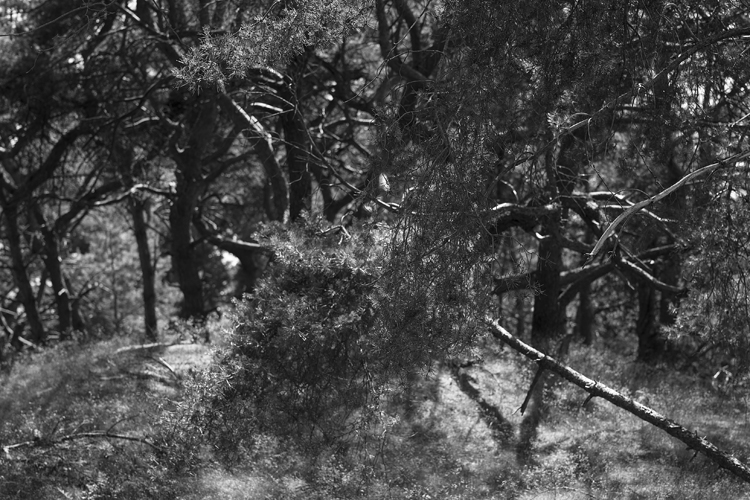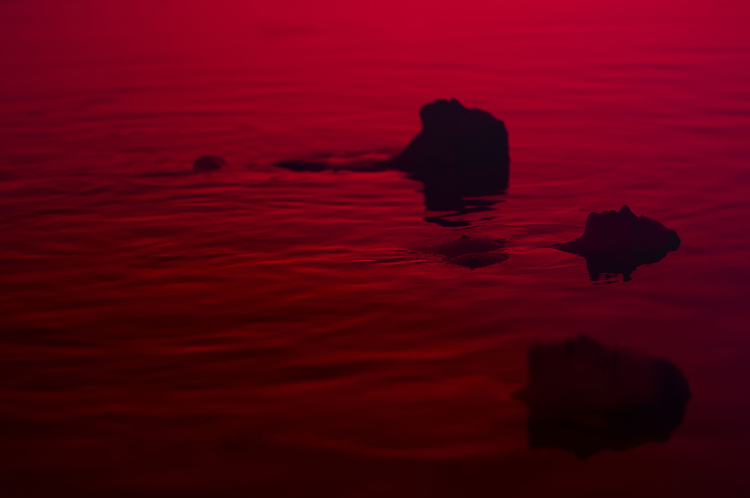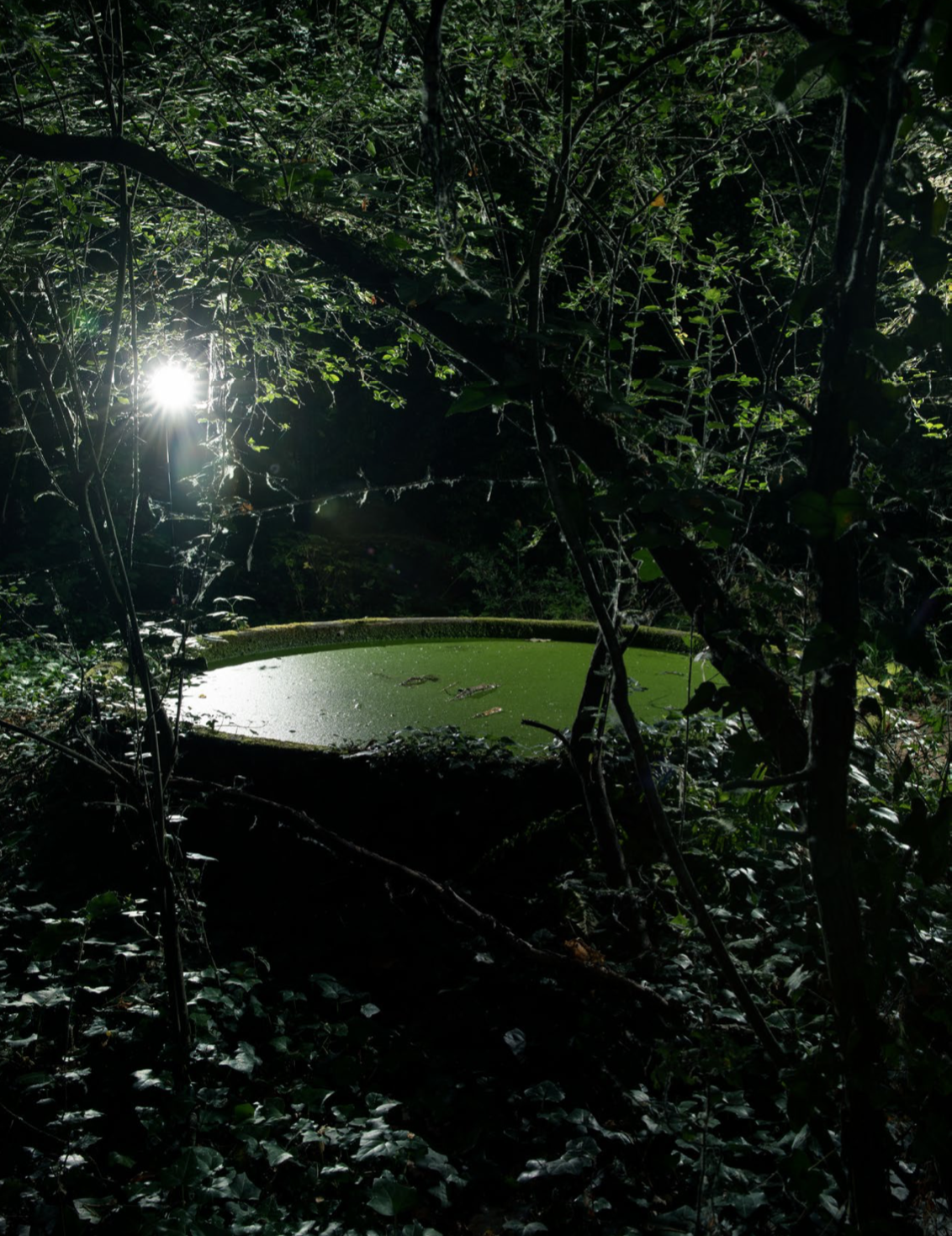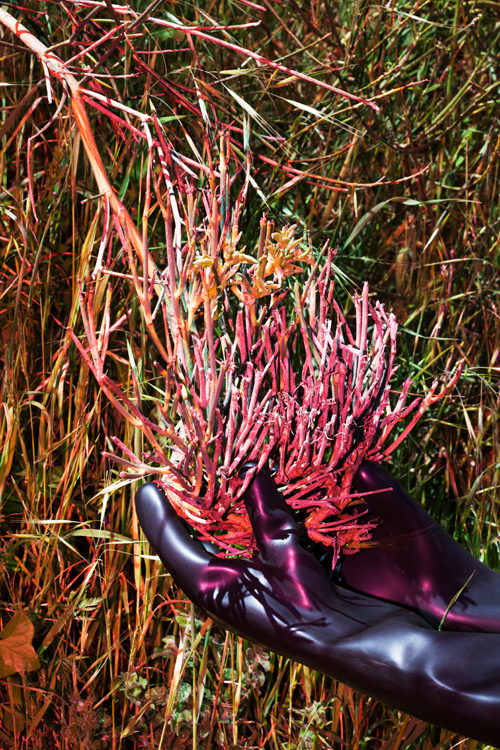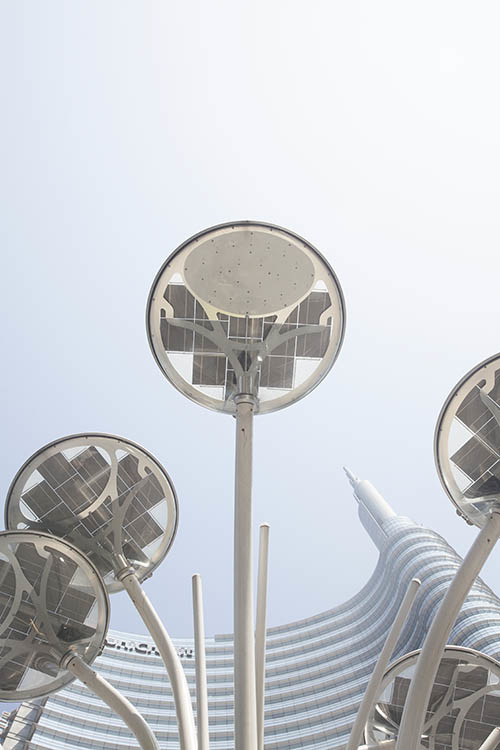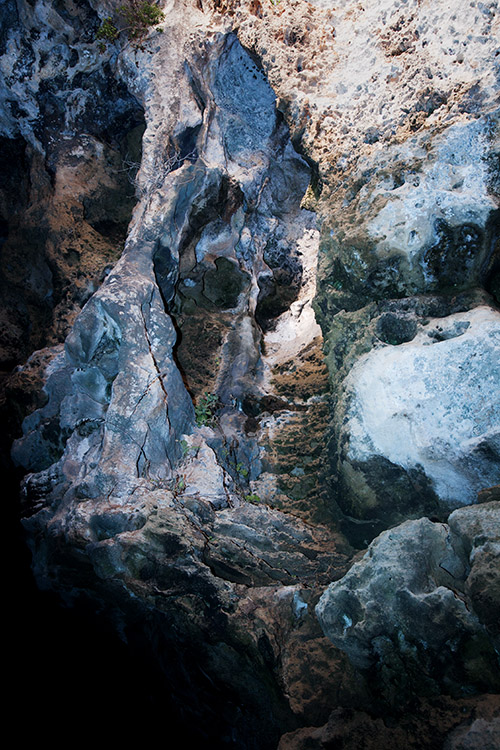SUILLUS, Looking at the sun with closed eyelids
EN
On the announcement of the deconfinement, Alice Pallot and her friends dreamt of a space of freedom, of an exploration. She spontaneously did a Google search for «sahara belgium», discovering the unexpected existence of the Lommelse Sahara, in the province of Limburg. Impromptu, they thus left in quest of a wild land.
In the twentieth century, the emissions from the former zinc factory made vegetation completely disappear across several hundred hectares in Lommel, giving way to an arid landscape covered by white sand. In order to avoid the extension of the sandy plains, a new forest of conifers was planted, creating a unique nature reserve. The pines were able to survive through symbiotic coexistence with a fungi, the Sullius Bovinus. Naturally resistant to zinc, it has protected the trees and other reemerging vegetation from ecotoxicity.
Alice Pallot is fascinated by natural phenomena, metamorphoses and silent realities. Her work bears witness to the impact that humanity has on his environment today but also aspires to delicately capture the zeitgeist. The Oasis series, conceptualized and produced with Botanical Agency reveals the ambiguity of the floral industry between the emotional and symbolic charge, the beauty it represents, but also the waste and pollution it generates. The Himéro Island depicted man’s fascination for volcanoes, his cohabitation and symbiotic relationship with his environment. Therefore, the Lommelse Sahara and what it embodies is naturally embedded in Alice Pallot’s work.
During the period of confinement, we observed fascinating natural phenomena - even only a few weeks after the drastic reduction of industrial activities. In Sullius , Alice Pallot is reporting on this natural space completely destroyed by the zinc industry and finally transformed into a nature reserve, a metaphor of possible reconstruction.
Refusing to confine herself to the idea of a disenchanted generation, Alice Pallot delivers a message of hope.
Our relationship to space-time, to each other, and to the body has been changed. How to project into a future ? What is it made of ? The future in our thoughts is no longer a space of freedom but pushes the borders to close on ourselves. Our territory is constantly changing until it becomes and is confined to our body. The masks, the air we breathe, become new constraints until reducing these borders to our skin.
With regard to the social distancing rules, the photographic medium appeared to Alice Pallot as an outlet. Bodies seem to touch and cross, imprinting skin with freedom. A new space is created, a micro-ecosystem where reality and phantasmagoria merge.
Alice Pallot’s work is immersive and the testimony of spontaneous exploration - the images were elaborated on site from sunrise to sunset. The red analog filter Alice Pallot used refers to a playful, mischievous universe and the vision we have when we look at the sun with closed eyelids.
Do we really have our eyes open or are they still closed?
This rebirth in a regenerated, timeless space and the ensuing communion with it illustrates the hope and resilience inherent in human nature.
Text: Constance Nguyen
A l’annonce du déconfinement, Alice Pallot et ses amis ont rêvé d’un espace de liberté, d’une exploration. C’est très spontanément qu’elle effectue une recherche «Sahara belgium» sur Google, découvrant l’existence inattendue du Sahara de Lommel, dans la province de Limbourg. Ils partent alors de manière impromptue, en quête d’une terre sauvage.
Au XX ème siècle, sous l’effet des émanations nocives de l’ancienne usine de zinc de Lommel, la végétation est détruite et disparaît totalement sur plusieurs centaines d’hectares, laissant place à un paysage aride recouvert de sable blanc. Des conifères sont ensuite plantés pour constituer un nouveau bois et ainsi éviter que l’ensablement ne se poursuivre créant une réserve naturelle singulière. Les pins survivent grâce à leur coexistence symbiotique avec un champignon, le Sullius Bovinus. Naturellement résistant au zinc, il a protégé les arbres de l’écotoxicité et participé à la réémergence d’autres végétaux.
Alice Pallot est fascinée par les phénomènes naturels, les métamorphoses et les réalités silencieuses. Son travail témoigne de l’impact que l’homme a aujourd’hui sur son environnement mais aspire aussi à délicatement capturer l’air du temps. La série Oasis, pensée et réalisée avec Botanical Agency dévoile l’ambiguïté de l’industrie du marché floral entre la beauté, la charge symbolique et émotionnelle qu’elle représente mais aussi les déchets et la pollution qu’elle génère. L’Île Himéro dépeint la fascination de l’homme pour les volcans, sa cohabitation et relation symbiotique à son environnement. Le Sahara de Lommel et ce qu’il incarne s’ancre alors naturellement dans l’oeuvre d’Alice Pallot.
Pendant la période de confinement, nous avons observé des phénomènes naturels fascinants,
quelques semaines seulement après la réduction drastique des activités industrielles. Dans Sullius , Alice Pallot fait l’état de cet espace naturel complètement détruit par l’industrie de zinc et finalement transformé en une réserve naturelle, image de possible reconstruction. Refusant de se cantonner à l’idée d’une génération désenchantée, Alice Pallot délivre un message d’espoir.
Notre rapport à l’espace-temps, à l’autre, et au corps a été bouleversé. Comment se projeter dans un avenir ? De quoi est-il fait ? Le futur dans nos pensées n’est plus un espace de liberté mais pousse les frontières à se refermer sur nous-mêmes. Notre territoire change constamment jusqu’à ce qu’il devienne et se limite à notre corps. Les masques, l’air que nous respirons, deviennent de nouvelles contraintes jusqu’à réduire ces frontières à notre épiderme.
Face aux règles de distanciation sociale, le médium photographique est alors apparu à Alice Pallot comme un exutoire. Les corps semblent se toucher et se croiser, la peau s’imprégnant de liberté. Un nouvel espace se crée, un micro-écosystème où réalité et fantasmagorie fusionnent.
Le travail d’Alice Pallot est immersif et le témoignage d’une exploration spontanée; les images ont été élaborées sur
place du levé au couché du soleil. Le filtre analogique rouge qu’elle a utilisé fait référence à un univers ludique et mutin et à la vision que nous avons lorsque nous regardons le soleil les paupières closes.
Avons-nous vraiment les yeux ouverts ou sont-ils encore clos ?
Cette renaissance dans un espace régénéré, hors du temps et cette communion avec lui illustre l’espoir et la notion de résilience inhérente à la nature humaine.
Texte: Constance Nguyen
• 2024 September: Group show, “Habiter l’invisibke” by collectors Marie-Hélène and Sebastien de Groote, Brussels
• 2023 June: Group show, “On the Verge”, Futures, Fotofestiwal, Lodz, PL
• 2023 June: Group show, “On the Verge”, Futures, Copenhagen Photo Festival, Copenhagen, DK
• 2023 January — Group show, “Topographies sensibles”, Galerie Talmart, Centre Wallonie Bruxelles,Paris, FR
• 2022 october: Group show, “On the Verge”, Futures, Camera, Turin, IT
• 2022 June: Group show, «. tiff », Fotomuseum Antwerpen, Anvers, BE
• 2022 January: Group show, Immix Galerie, Paris, FR
• 2021 November: Solo show, La Caserne opening, Paris, FR
• 2021 September: Group show with Hangar, UNSEEN, Amsterdam, NL
• 2021 January : Laureate of “The World Within”, Group exhibition, Photo Brussels Festival, Hangar Art Center, Brussels
• 2021 January : Suillus – Self publication, Brussels, Belgium
